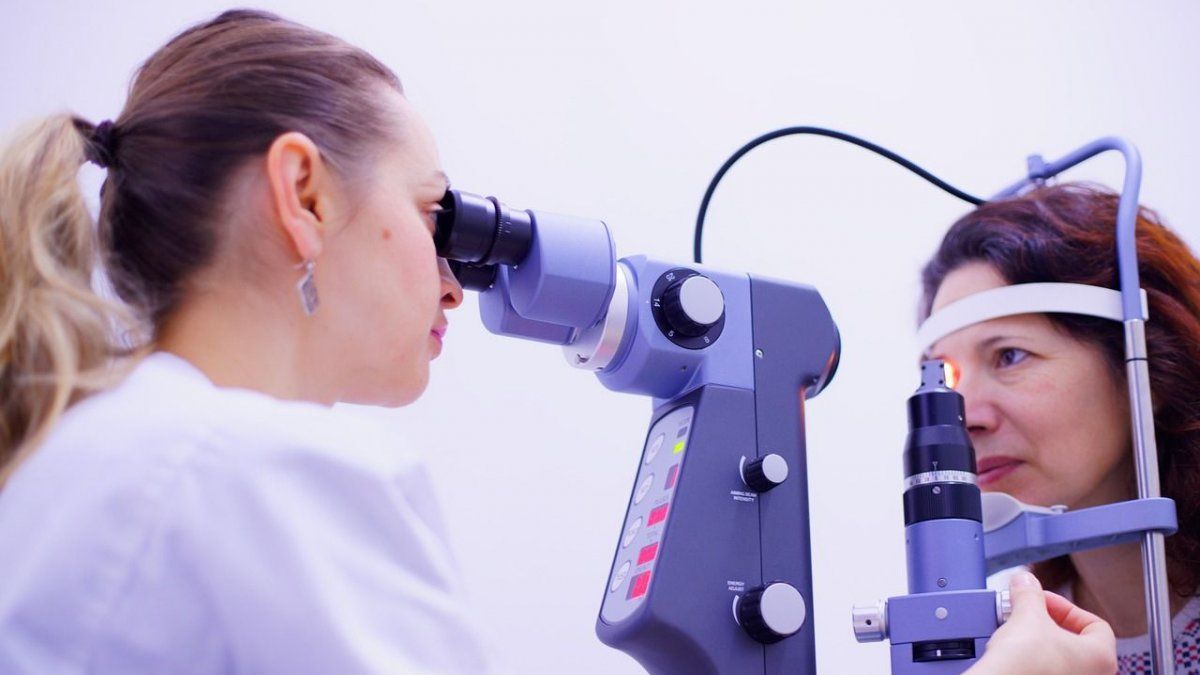From the name alone, you might think that dry eye disease simply means that your eyes aren’t producing enough tears. In reality, that’s only part of the story.
There are multiple causes of dry eyes, which can be related to environmental, nutritional, age and lifestyle factors, as well as autoimmune disorders or those secondary to medications. That is why a comprehensive evaluation of the patient is crucial.
In general, dry eye is a common eye condition that affects millions of people around the world. However, many people are unaware that there are different types of dry eye, each with its own characteristics and symptoms that can even affect the daily lives of those who suffer from it.
The complexity behind dry eyes
Dry eye disease is not as simple as its name might suggest.
It actually encompasses a variety of conditions that affect the tear film, a liquid film that coats the surface of the eye. Accelerated tear evaporation This is the most common type of dry eye and occurs when tears evaporate too quickly.
This phenomenon, known as evaporative dry eye, may present the following symptoms:
- Burning or itching sensation in the eyes that usually intensifies at the end of the day or after prolonged use of screens.
- Momentarily blurred vision that improves with blinking.
- Redness or eye irritation
Evaporative dry eye is often related to dysfunction in the Meibomian glands, these glands are responsible for producing one of the components of tears.
When disturbed, they evaporate faster. Environmental factors such as dry climates, continuous use of air conditioning and screens can exacerbate this condition.
The paradox of dry eye with excessive tearing
Interestingly, some patients with dry eyes experience periods of excessive tearing. This seemingly contradictory phenomenon is due to the fact that the eyes, upon detecting superficial dryness, can react by producing an excess of reflex tears.
However, these tears are often of inferior quality and do not resolve the underlying dryness. Dry eye: a condition that affects all ages.
Contrary to popular belief, dry eye is not exclusive to older people. In recent years, we have seen an increase in the incidence of dry eye among young and middle-aged adults. This may be related to changes in our lifestyles, particularly prolonged use of electronic devices.
Some common risk factors include:
- Prolonged exposure to digital screens
- Frequent use of contact lenses
- Exposure to environments with low humidity or constant air conditioning
- Certain medical conditions such as diabetes or thyroid disorders
- Use of medications such as antihistamines or antidepressants
The importance of an accurate diagnosis
Given the variety of types and causes of dry eye, obtaining an accurate diagnosis is critical. Today, different technologies are available to thoroughly assess the quality and quantity of the tear film, as well as the function of the meibomian glands. This allows us to design personalized treatment plans that address the specific causes of dry eye in each patient.
Treatment can range from lifestyle modifications and the use of artificial tears to more advanced procedures such as molecular resonance or pulsed light.
The importance of treating ocular symptoms
It is crucial not to underestimate the symptoms of dryness or discomfort in the eyes. Dry eyes, if not treated properly, can significantly affect the quality of life and, in severe cases, compromise the health of the ocular surface.
It is essential to avoid self-medication. Each case of dry eye is unique and requires an individualized approach. With appropriate treatment, most patients can experience significant improvement in their visual comfort and overall eye health.
If you experience persistent symptoms of dryness or eye discomfort, we recommend consulting an eye health specialist.
Early diagnosis and proper treatment can make a significant difference in your long-term visual well-being.
Co-Founder of Dry Spa LatamMn: [email protected]
Source: Ambito
I am an author and journalist who has worked in the entertainment industry for over a decade. I currently work as a news editor at a major news website, and my focus is on covering the latest trends in entertainment. I also write occasional pieces for other outlets, and have authored two books about the entertainment industry.




